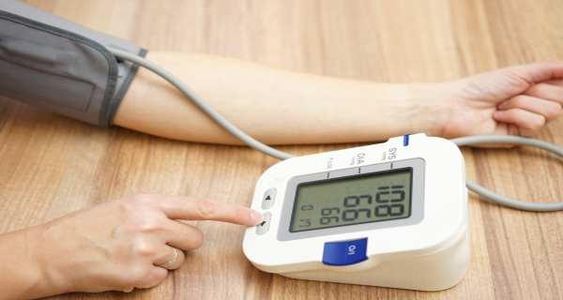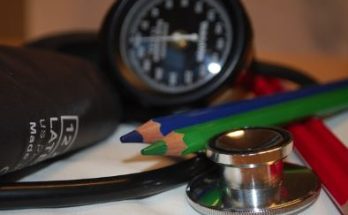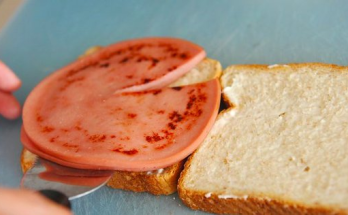Lowering high blood pressure without medication is something I talk to patients about all the time, especially because so many people want to try lifestyle changes first. It’s completely doable—although it takes some consistent effort. I’ve had many patients who successfully brought their blood pressure into a healthier range by making some practical adjustments to their day-to-day habits. So, let me share what I’ve seen work, and what I’d recommend based on both experience and medical knowledge.
1. Prioritize a Heart-Healthy Diet
The first thing that makes a significant difference is diet. What you eat directly affects your blood pressure. You’ve probably heard of the DASH diet (Dietary Approaches to Stop Hypertension), which is specifically designed to help people manage high blood pressure, and it works because it’s rich in fruits, vegetables, whole grains, and lean proteins. It also limits sodium, which is a big deal when it comes to hypertension.
Reducing your salt intake is often the first thing doctors recommend. Sodium causes your body to retain water, which puts extra pressure on your blood vessels. Most of the sodium we eat doesn’t come from the salt shaker—it’s hiding in processed foods like canned soups, fast food, and even bread. I had a patient once who loved eating canned soups, thinking they were healthy. After checking labels, we found out how much sodium was packed into each can. Once she switched to fresh, homemade meals, her blood pressure improved noticeably within a couple of months.
Incorporating potassium-rich foods is another smart move. Potassium helps counteract sodium’s effects, and foods like bananas, sweet potatoes, spinach, and avocados are rich in potassium. If you’re eating more of these, plus cutting down on processed foods, you’re on the right track. One patient of mine made it a habit to add leafy greens and other high-potassium foods to every meal, and she saw her blood pressure drop over time.
2. Exercise Regularly (But Find What Works for You)
Exercise is another major factor. I always tell people it doesn’t mean you have to hit the gym every day, but you do need to find ways to move consistently. Aerobic exercises, like brisk walking, swimming, cycling, or dancing, are especially good for lowering blood pressure because they help your heart become more efficient at pumping blood.
One of my patients, Greg, wasn’t really into working out but loved hiking. So we made that his regular form of exercise—he’d go for an hour-long hike at least three times a week, and it made a huge difference. His blood pressure readings started to improve after a couple of months of consistent hiking.
The key is to find something you actually enjoy, so it doesn’t feel like a chore. It could be something as simple as a 30-minute walk after dinner every evening or trying out yoga, which is also great for managing stress (more on that in a minute!). The American Heart Association recommends at least 150 minutes of moderate exercise per week—that’s just about 30 minutes a day, five days a week. It’s not overwhelming if you break it down that way.
3. Manage Stress—It’s More Important Than You Think
Stress is another big contributor to high blood pressure, and it’s often overlooked. When you’re stressed, your body releases hormones that temporarily increase your blood pressure by making your heart beat faster and narrowing your blood vessels. If you’re constantly stressed, that’s a lot of pressure on your cardiovascular system.
I had a patient who worked in a high-pressure job, and his blood pressure was sky-high. He wasn’t overweight, he ate relatively healthy, but he was under a lot of stress. What really helped him was learning how to manage his stress through mindfulness and meditation. He started with just five minutes a day of deep breathing exercises and gradually worked up to longer meditation sessions. His blood pressure came down after a few months of consistently managing his stress levels.
There are lots of ways to manage stress—it doesn’t have to be meditation if that’s not your thing. Some people find relief through exercise, others through hobbies like painting, reading, or gardening. The important thing is to find something that helps you unwind and gives your body and mind a break from stress.
4. Watch Your Weight
If you’re carrying extra weight, especially around your midsection, it can contribute to high blood pressure. The good news is that even losing a small amount of weight can have a big impact. I’ve seen patients who’ve lost just 5-10 pounds experience noticeable improvements in their blood pressure.
It’s not about drastic changes or extreme diets—it’s about making sustainable lifestyle changes. One of my patients started with small swaps, like cutting out sugary drinks and opting for water instead, and reducing portion sizes. Over time, these small adjustments added up, and she lost weight steadily, which in turn helped lower her blood pressure.
5. Limit Alcohol and Quit Smoking
Both alcohol and smoking are big factors in high blood pressure. Alcohol can raise your blood pressure, especially if you drink more than the recommended amount (which is no more than one drink per day for women and two for men). I had a patient who used to enjoy a glass of wine every evening, but it started becoming two or three glasses. When she cut back to just one drink, her blood pressure readings dropped significantly within a few weeks.
And as for smoking, quitting is one of the best things you can do for your heart and overall health. Every time you smoke, it temporarily increases your blood pressure, and over time, the chemicals in tobacco can damage your blood vessels, leading to higher long-term pressure. I’ve seen patients who quit smoking improve not just their blood pressure, but their energy levels, lung function, and overall sense of well-being.
6. Sleep Matters More Than You Think
Don’t underestimate the power of good sleep. Poor sleep or conditions like sleep apnea can raise your blood pressure. Sleep is when your body repairs itself, and not getting enough rest can increase stress hormones, leading to higher blood pressure. I’ve seen patients who’ve improved their sleep habits notice better blood pressure control.
If you’re having trouble sleeping, work on establishing a bedtime routine, limiting screen time before bed, and making your sleep environment as comfortable as possible. If you suspect you might have sleep apnea (snoring, waking up gasping for air, feeling tired during the day), it’s important to talk to your doctor about it, as untreated sleep apnea can significantly raise your risk of hypertension.
7. Stay Consistent and Keep Track
One thing I always tell my patients is that consistency is key. It’s not about making huge changes overnight—it’s about building small, sustainable habits that you can stick with. Whether it’s adjusting your diet, incorporating regular exercise, or finding ways to manage stress, the goal is to create a lifestyle that supports healthy blood pressure over the long term.
I also recommend tracking your blood pressure at home. There are plenty of affordable blood pressure monitors that you can use to keep an eye on your numbers. Checking it regularly helps you see what’s working and what might need more attention. Plus, it keeps you motivated when you start seeing progress!
Practical Takeaways:
- Diet: Reduce sodium, increase potassium, and focus on a balanced diet rich in whole foods.
- Exercise: Aim for 150 minutes of moderate exercise per week—find something you enjoy to stay consistent.
- Stress Management: Practice stress-relieving activities like meditation, hobbies, or simply taking time for yourself.
- Weight Management: Losing even a small amount of weight can lower your blood pressure.
- Limit Alcohol and Quit Smoking: Moderation with alcohol and quitting smoking can have a significant impact.
- Sleep: Prioritize good sleep hygiene and address any sleep disorders like sleep apnea.
- Consistency: Build long-term habits and track your blood pressure regularly.
By making these changes, you can have a big impact on your blood pressure—and you’re doing it in a way that’s sustainable and healthy for the rest of your life. Remember, it’s about progress, not perfection. Start with one or two changes, and build from there. You’ve got this!



